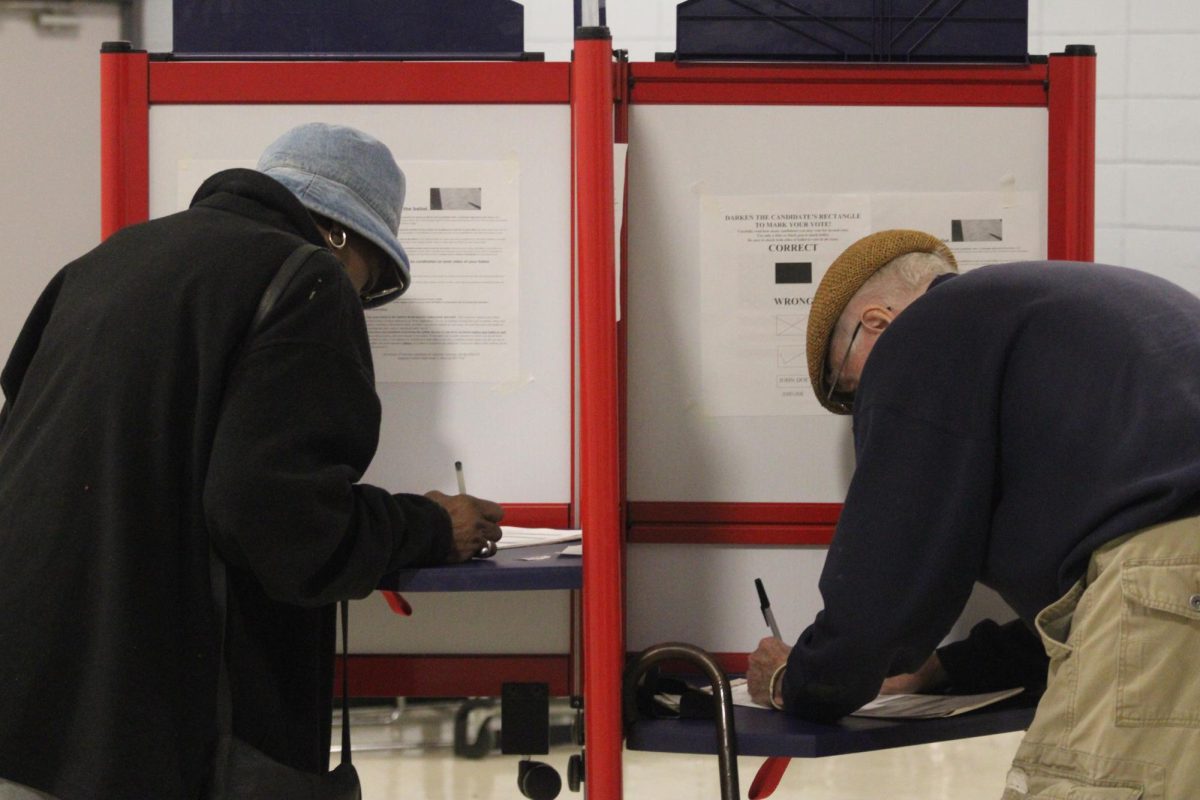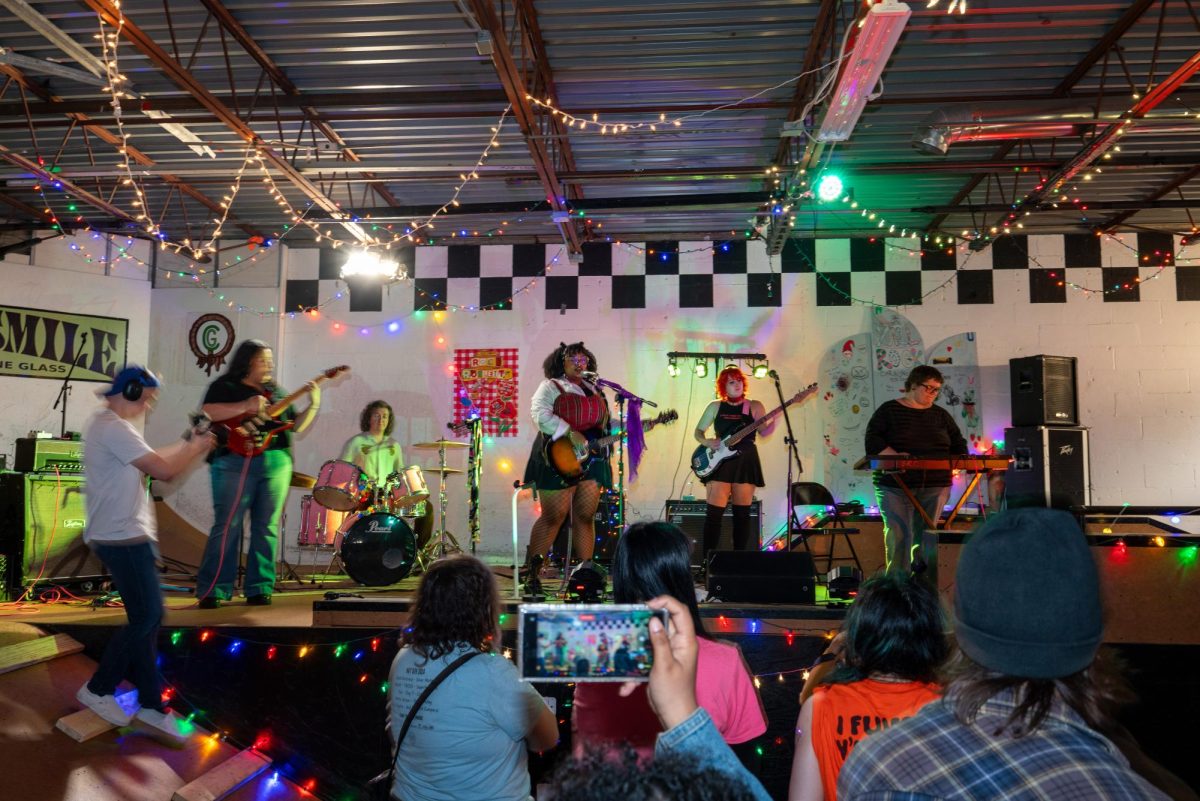Harvard University offer courses using Tupac Shakur’s lyrics
July 17, 2002
Tupac goes to Harvard?
It is not uncommon for names such as Richard Wright, James Baldwin and Maya Angelou to come up in academic discussions of noteworthy black American literary artists, but now Tupac Shakur has been thrown into the mix.
Professors at Harvard University developed the idea for “Modern Protest Literature:From Thomas Paine to Tupac.” In this class, students are provided with a wide range of print and oral forms of literature that express modes of protest throughout history. Examples of protest exist in varying forms from spirituals, folk songs, hip hop and good old-fashioned speeches.
Advertisement
The idea that the same class where students peruse the pages of the historical document “Common Sense” could also provide the work and informational aspects of the life of the controversial rapper seems unlikely, but it’s reality at Harvard. In one of the classrooms at the Ivy League university, professors decided to take the idea of using modern cultural icons a step further.
Timothy McCarthy and John Stauffer were both young, politically active professors at Harvard when they developed the idea for a course on protest literature.
They began thinking of a way they could come together to form a “politically engaged” class that would introduce students to this form of literature on several different levels. From their collaboration came English 176a.
“We wanted to show people how literature can be linked to social change,” said McCarthy, who lectured both history and literature and English at the university for two years. “And who better than younger people who still have hope for changing the world?”
According to McCarthy, using the broadest possible definition of the phrase “protest literature,” they developed a class that would introduce students to the evolution of protest literature from abolitionist movements to the hip-hop revolution and everything in between.
Students listen to speeches and spirituals and read documents protesting a situation in society. These documents range from Thomas Paine’s “Common Sense” to the work of those involved in the “hip-hop revolution” including Tupac Shakur.
“Anyone born after 1970 was affected by the hip-hop revolution,” McCarthy said. “We wanted to introduce students to the marketing strategies used to present artists like Tupac to the public.”
Advertisement*
While Kevin Dettmar, chair of the SIUC English department, agrees that many musicians have been instrumental in several protest movements, he doesn’t see Tupac as one of these individuals.
“I don’t think that most people listen to Tupac’s music for the political aspect,” Dettmar said. “I see him as more of a consumable media image.”
Keenon Wigley, a senior in business economics from Chicago, said Shakur’s work should be seen as a valid form of protest literature, and it would also help diversify classrooms.
“Using rap in class would get more blacks interested,” Wigley said. “It’s a major form of literature in our community.”
While there is some disagreement over whether the life, times and work of Tupac are appropriate in the classroom, most seem to agree that music is a valid form of literature.
Assistant English professor Donna Strickland says she has used musical lyrics in past classes on several occasions for analytical purposes. According to Strickland, when asked to bring lyrics to class for analysis, students have often brought in rap.
According to McCarthy, students particularly enjoy the part of the class pertaining to Tupac and hip hop, and she said the course’s pilot semester last spring went fairly well with 106 students taking the class.
“We want students to see how language can affect social change,” McCarthy said. “And at its best, hip hop is a model for rebellion.”
Reporter Jessica Yorama can be reached at jyorama@dailyegyptian.com.
Advertisement










Renee • Aug 24, 2021 at 9:38 pm
I am a 63 year old white southern woman. A few weeks ago I watched a series about who killed 2pac and that started me down the road of reading and listening and I MEAN LISTENING to his music. Dear mama , Brenda’s Got A Baby and others along those lines. I have also truly listened to Hit Em Up and Holler If You Hear me. I have to say he might not have been an angel or saint but we lost a GEM when we lost 2Pac. There is someone like him out there that I believe will help make changes. At least I pray there is.
Valerie • May 20, 2021 at 2:28 pm
My 11 year old granddaughter who is the only black in the class wrote a paper on Tupac her teacher told her that Tupac was a terrible role model didn’t let her finish while other students laughed. She researched Tupac and wrote an excellent paper only to get her feelings hurt. I guess Christopher Columbus would have been a better subject he was a great role model.
She attends Lake in the hills elementary school..I am upset this teacher embarrassed her and didn’t explain why she came to that conclusion.
Bonita • Jan 10, 2017 at 12:31 pm
I am over 50 and was glad to see that Universities like UC Berkeley and Harvard taught classes on the writings which became songs by Tupac. They recognized the literary genius of connection to his words and Black life which is not easy. I think more culturally aligned colleges(HBCU) need to step it up and do some teaching of relatable persons to the students they have enrolled. It would increase their self esteem and give them a perspective of their talent placements and impacts that they can strive to make in the larger world outside of their neighborhoods. These sane students are taught British literature they need to be taught they have a history and a literature parallell to , Shakesphere and others who wrote about love, murder and life tests in life. They all made decisions made some good some horrible. We did not combine the writings with his whole life story, we continued to be inspired by just the genius of his writings telling the stories,challanges and the outcomes of the characters. Tupac did tge same he even inspired me to write out my lived pain and his writings and songs have been thought provokingly like Shakesphere with the exception his relatable audiences were young europens and people of colir or black older people like myself who lived tge struggles. He is the parallel of what I call our Shakesphere which dreamed his stories as far as we know. But Tupac’s life circumstances forced him to write about what he and others lived and the decisions they made some good and loving some horrible. Oh what simile does literature have to life in every century that should be taught. Not just British literature. It would give other people a reference point as to their place in life and the decisions they may have to make which maybe more relatable to Tupac than Shakesphere, Romeo and Juliette and other written stories which are sometimes song literature abd all great stories about life and its ills.